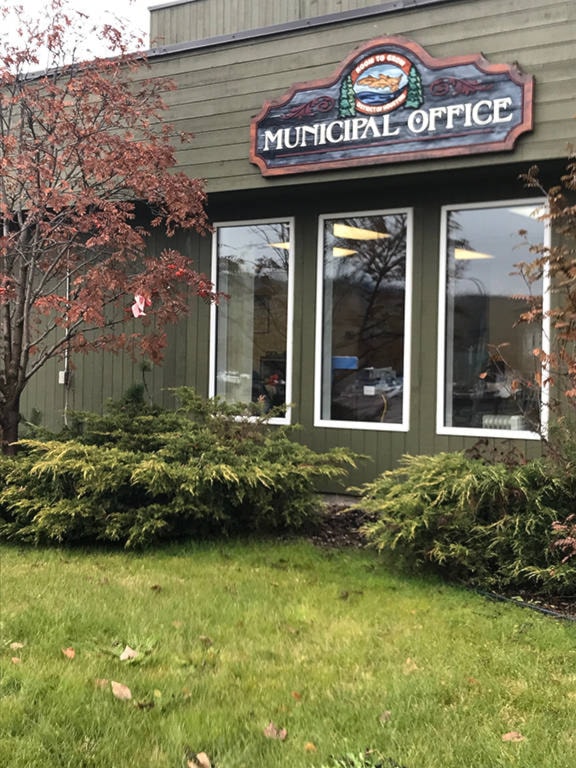The District of Houston is continuing its efforts to focus on the amount of particulate matter in the air.
Council members and staffers met in mid-November with provincial environment ministry officials to inquire how the ministry establishes emissions level targets through emission permits.
Speaking last week, Houston mayor Shane Brienen said the amount of particulate in the air has been an ongoing issue.
“We want to understand more about the amount of fine particulate,” said Brienen. “It’s a combination of a number of things — industry, wood smoke, road dust.”
“The amount of emissions here are high — one of the highest in the province.”
Brienen said high levels of particulate remained even after a large sawmill in Houston closed in 2014.
“So what we’re looking for is solutions going forward. Air quality is an issue here for the community and in the valley, in Burns Lake and down to Smithers. It affects everybody,” he added.
Houston’s level of fine particulate concentration matter in the air is such that the community ranked first on the list of 47 communities in the B.C. Lung Association’s 2020 annual report based on data collected for 2019.
The provincial annual objective for fine particulate matter is 8 micrograms per cubic metre of particles that are 2.5 micrograms or smaller in diameter. Houston’s Number One ranking as an annual average placed it at 10.6 micrograms.
“Travelling deep into the lungs, inhaled [fine particulate matter] can cause short term health effects such as irritation and inflammation and can aggravate health conditions such as asthma and heart disease,” the lung association stated in its 2020 annual report.
“There is strong evidence that prolonged exposure ….. increases the risk of chronic disease, such as bronchitis and heart diseases.”
Data for the concentration of pollutants in the air is collected by an environment ministry monitoring station.
Ministry officials says problems with the station resulting in insufficient data to provide a representative annual sampling for 2018.
In 2017 Houston ranked 14 out of 17 communities exceeding fine particulate levels on average, second out of five communities in 2016 and first out of 15 communities in 2015, indicates information published by the lung association.
For 2019, Grand Forks and Quesnel ranked second and third after Houston.
Particulate matter tends to increase during cold winter months as more people burn wood for heat. When combined with other sources during stagnant winter weather conditions common in the area, the increase in concentrations of particulate matter can trigger air quality advisories.
In the past, those advisories have been accompanied by District of Houston notices stemming from a bylaw banning the use of woodstoves unless the stoves are the only source of heat in a dwelling.
The District also encourages people to burn only dry and seasoned wood and to ensure there is plenty of air for a cleaner burn.
It did, at one time, provide rebates for those exchanging older wood stoves for more efficient ones, but stopped doing that because of a lack of response.
